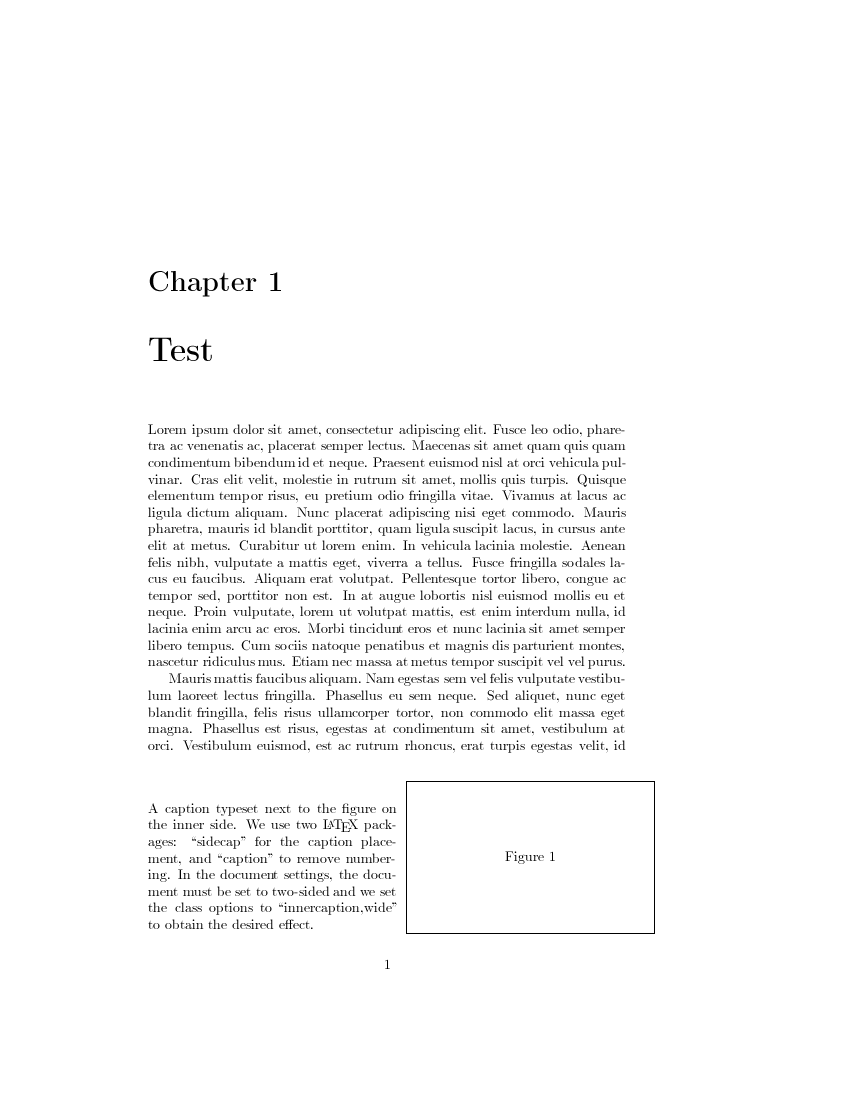Writing GUI applications on the Raspberry Pi without a.
How to write directly to linux framebuffer? Stack Overflow Public questions and answers; Teams Private questions and answers for your team; Enterprise Private self-hosted questions and answers for your enterprise; Talent Hire technical talent; Advertising Reach developers worldwide.
I am not sure if it is the only possible way, but I read that in order to put a single pixel onto the screen at a location of your choice one has to write something into a place called framebuffer. So I became curious, if it is possible to enter into this place and write something into it in order to display a single pixel somewhere on the screen.

Selecting a graphics system for Linux is difficult because there is so much choice and many different levels of operation. The framebuffer gives you direct access to the graphics buffer. You can use it to write directly to the screen and it doesn't take account of windows or any other part of the GUI.

The Linux Framebuffer is often talked about, but rarely actually used. One of the main reasons for this is that documentation is fairly hard to come by. Like many things, the people that know how to program for the framebuffer are few and far between, and for some reason, they aren't prone to share their knowledge. However, it is possible and not too difficult to actually make it work. So here.

But the multiplexer-like functionality has got NOTHING to do with the framebuffer itself. If there's multiple processes writing to framebuffer, they do not block each other. It turns out that my earlier problems (crashes and such) using multiple fb programs simultaneously were not even about the framebuffer at all. Take fbterm terminal and run.

Framebuffer is controlled via ioctl(), so there has to be something (the driver) on kernel side interpreting the requests. Just creating the device file won't make kernel respond to it. Double-check your kernel config, maybe another (specialised) driver is taking over the device, leaving the framebuffer one without any device to attach to. Providing a bit more information about the hardware in.

Dismiss Join GitHub today. GitHub is home to over 40 million developers working together to host and review code, manage projects, and build software together.

A framebuffer (frame buffer, or sometimes framestore) is a portion of random-access memory (RAM) containing a bitmap that drives a video display. It is a memory buffer containing a complete frame of data. Modern video cards contain framebuffer circuitry in their cores. This circuitry converts an in-memory bitmap into a video signal that can be displayed on a computer monitor.

Acorns have always had framebuffer support since the Linux 1.9.x days. However the Acornfb driver in 2.2.x is totally new since the generic framebuffer interface changed during the development of 2.1.x kernels (which, of course, became 2.2.x). As previously, it is a simple matter to activate the driver and set depths and resolutions.

This is the Linux Framebuffer driver HOWTO. It is intended as a quick reference covering everything you need to know to write a framebuffer video driver under Linux. Frequently asked questions about video mode setting under Linux are answered, and references are given to some other sources of information on a variety of topics related to computer graphics. Also, read this document not once.

The Linux framebuffer (fbdev) is a graphic hardware-independent abstraction layer to show graphics on a computer monitor, typically on the system console. It allows direct access to the framebuffer (the part of a computer's video memory containing a current video frame) using only the Linux kernel's own basic facilities and its device file system interface.

The classic framebuffer drivers all had basic modesetting support, but they exposed little if any support for hardware accelleration. With the classic X design, this wasn't really an issue: to get 2D acceleration, the X server ran as root, and could access the hardware directly. It basically bypassed the framebuffer driver completely. For 3d.

It also allows for a framebuffer system to run independent of the VT console layer. A good example of a working framebuffer driver is the virtual framebuffer (vfb). The vfb driver is not a true framebuffer driver. All it does is map a chunk of memory to userspace. It's used for demonstration purposes and testing. For a more detailed file that explains each function look at skeletonfb.c. It is.



